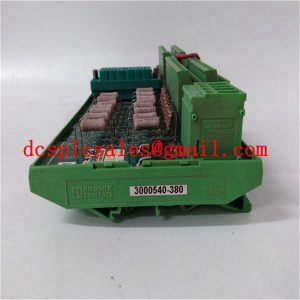Description
ZYGO ZMI-2002 8020-0211 INPUT AND OUTPUT MODULE
The interface between the ZYGO ZMI-2002 8020-0211 and the electrical circuit is accomplished through the input and output section (I/O).The I/O module integrates the PLC’s I/O circuitry with an input register reflecting the input signal state and an output point reflecting the output latch state.The input module converts electrical signals into digital signals into the PLC system, and the output module does the opposite. The input module converts electrical signals into digital signals into the PLC system, and the output module is the opposite.I/O is divided into switching inputs (DI), switching outputs (DO), analog inputs (AI), analog outputs (AO), and other modules.
The switching quantity of ZYGO ZMI-2002 8020-0211 refers to the signal with only two states of on and off (or 1 and 0), and the analog quantity refers to the quantity that changes continuously. Commonly used I/Os are categorized as follows:
Switching quantity: by voltage level, there are 220VAC, 110VAC, 24VDC, and by isolation method, there are relay isolation and transistor isolation.
Analog: According to signal type, there are current type (4-20mA,0-20mA), voltage type (0-10V,0-5V,-10-10V), etc. According to precision, there are 12bit, 14bit, 16bit, etc.
ZYGO ZMI-2002 8020-0211 In addition to the above general-purpose IOs, there are also special IO modules, such as RTD, thermocouple, and pulse modules. According to the number of I/O points to determine the module specifications and the number of I/O modules can be more or less, but the maximum number of its ability to manage the basic configuration of the CPU can be subject to the ability to manage the maximum number of slots in the baseboard or rack.










